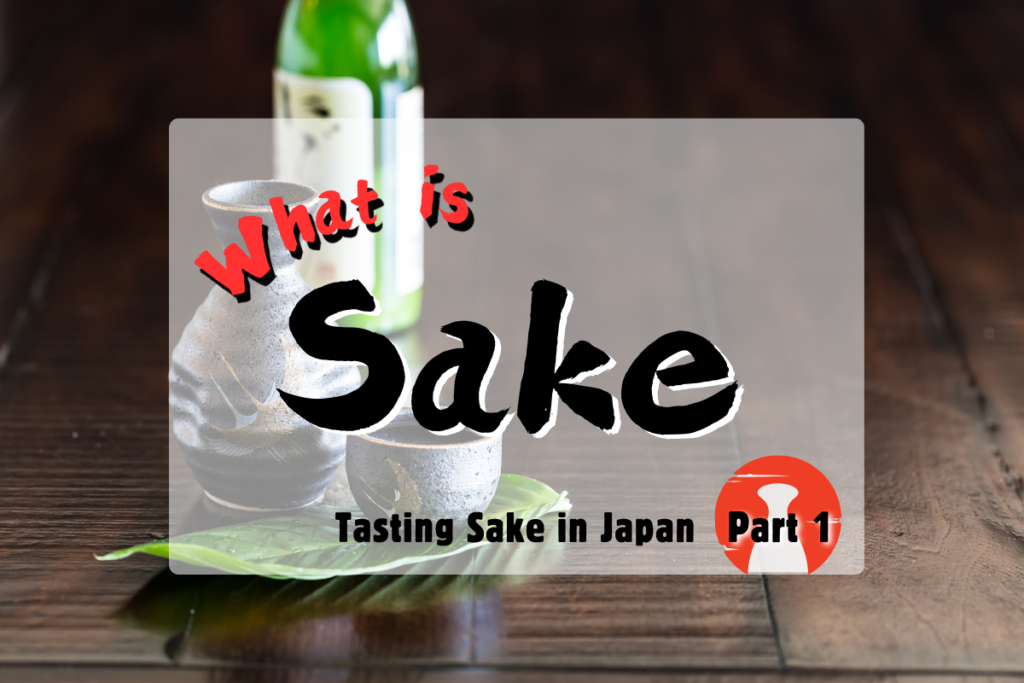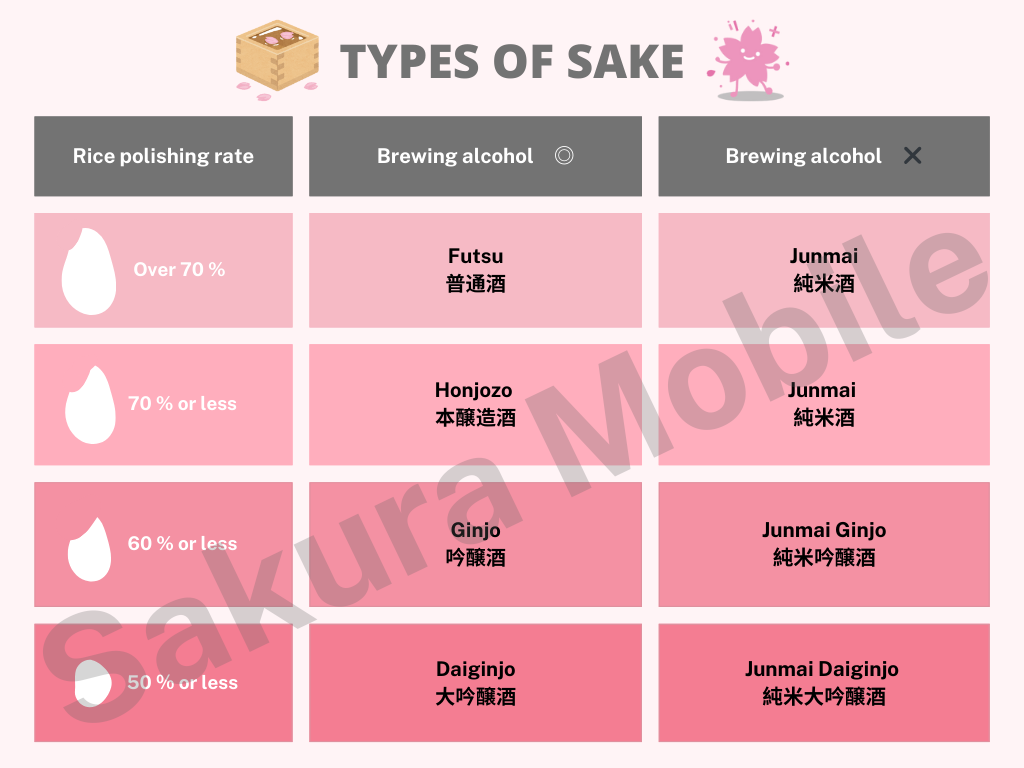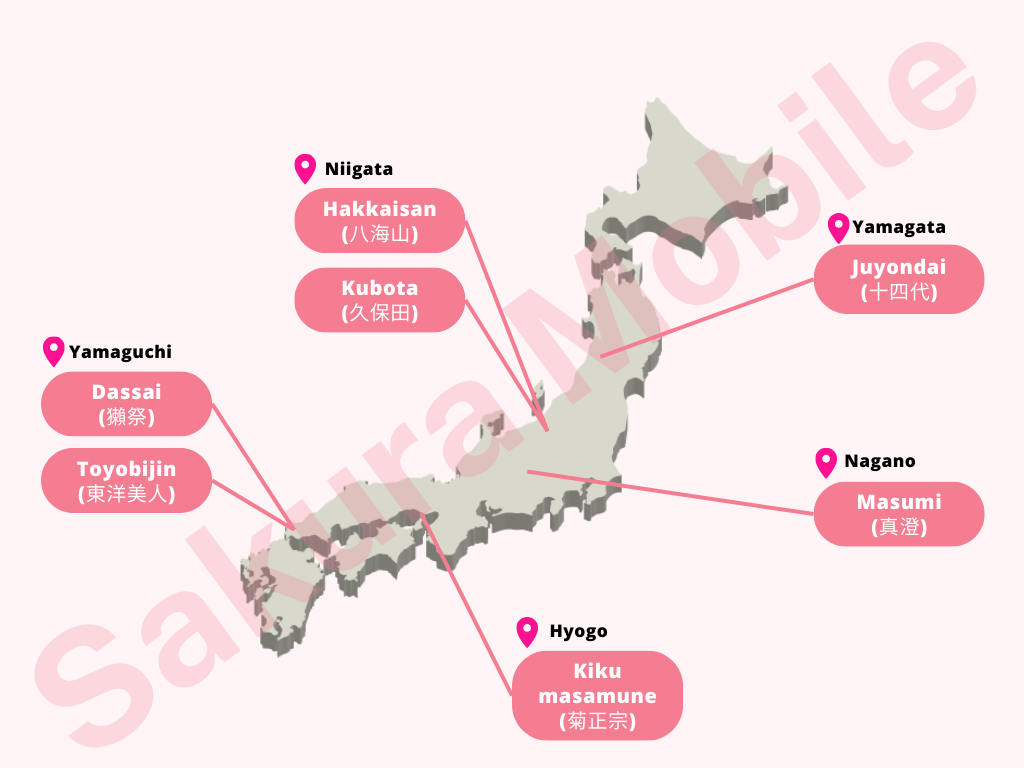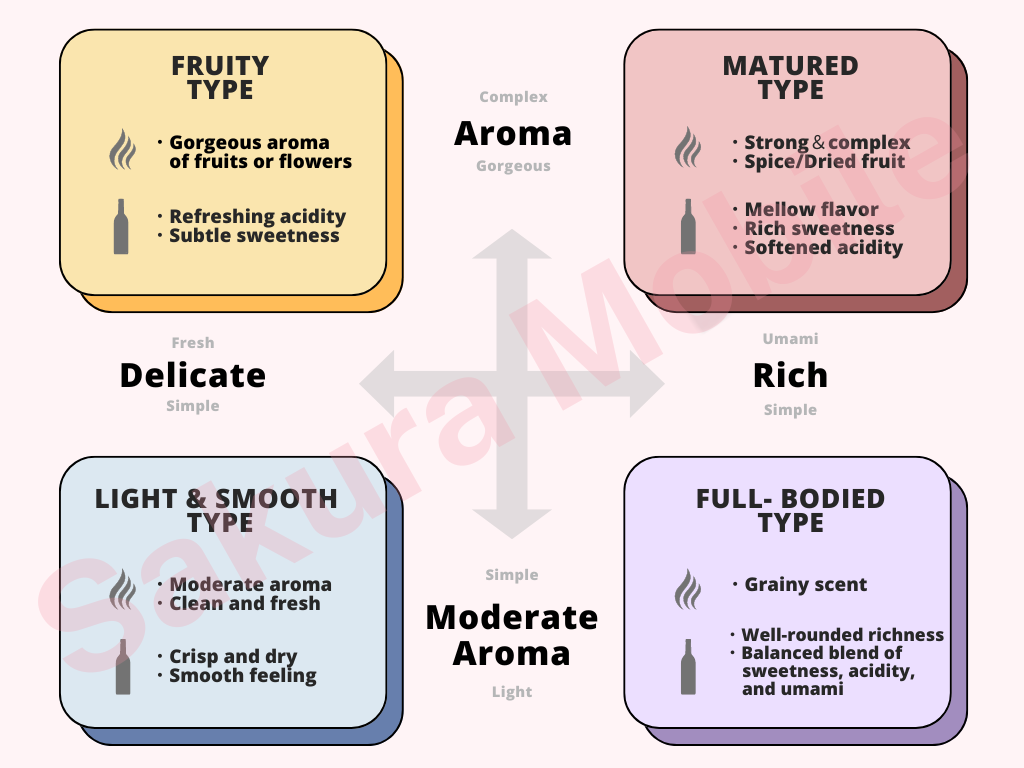Welcome to “Tasting Sake in Japan,” a series dedicated to exploring the rich culture of Japanese sake!
In this first article, we will introduce you to the basics: how sake is made, its various types, and famous brands.
Embark on a journey through Japan and discover how immersing yourself in its sake culture enhances your travel experience✨
In our upcoming articles, we’ll offer valuable tips on sake etiquette, food pairings, and the types of cups and bottles used for serving sake. Additionally, we’ll provide useful information for tourists, including recommendations for restaurants and Izakayas where you can enjoy sake, and hot springs where you can relax with a glass of sake in hand.
Let’s take the first step together on this exciting sake journey!

Hello readers! Sakura Mobile is a SIM WiFi service provider for international residents and tourists in Japan.
Our global editorial team living in Japan will introduce the charms of the country based on what we have actually experienced and felt.
Table of Contents
What is Sake?
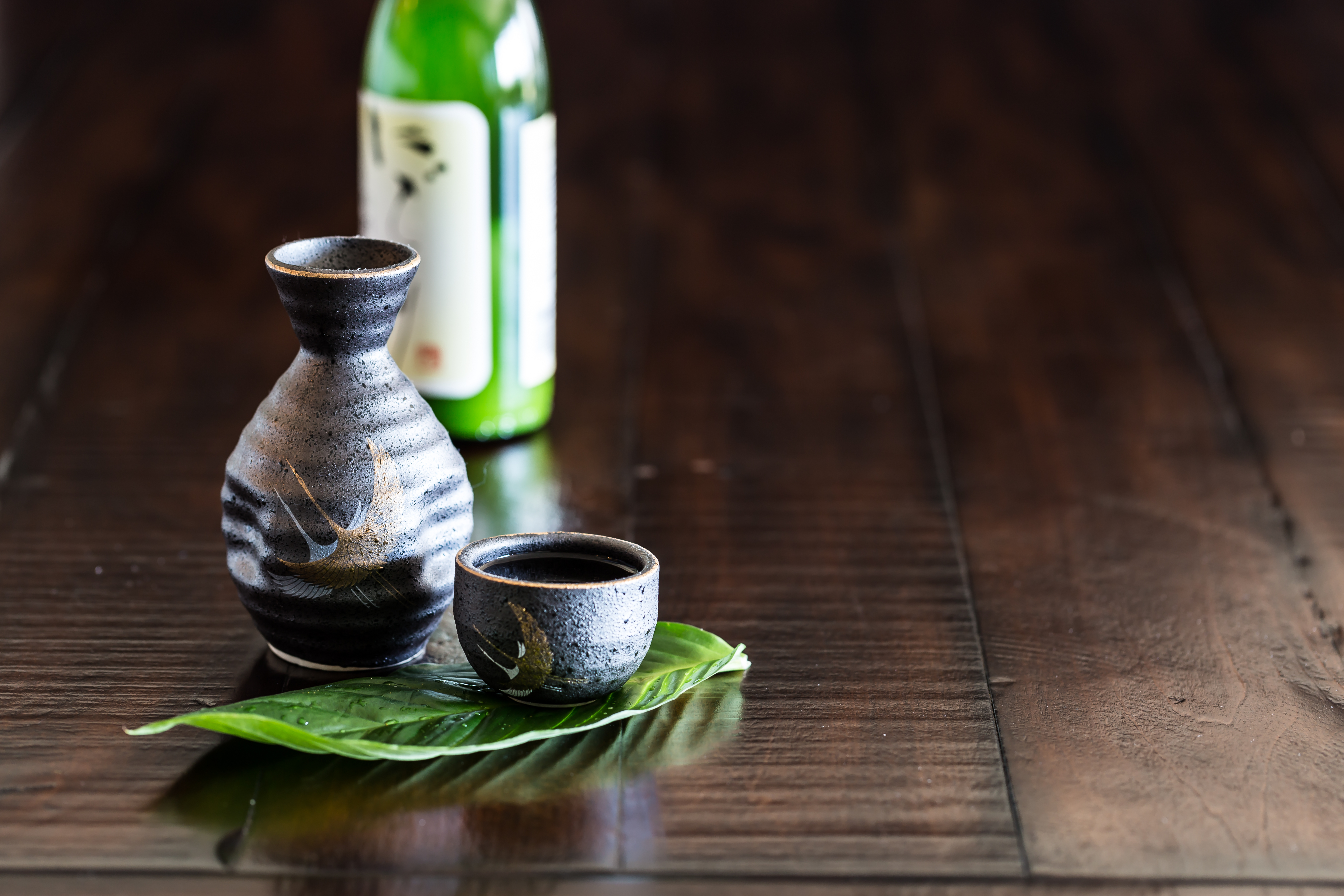
Sake is an iconic Japanese alcoholic beverage with over 2000 years of history. In Japanese, “sake” is often used to refer to alcoholic beverages, including wine, beer, and whisky. Sake itself is called “Nihon-shu” and refers to the traditional Japanese alcoholic beverage. So when you visit restaurants in Japan, it might be written as “Nihon-shu (日本酒)” on their menu.
In recent years, Japanese cuisine has become more popular internationally. Accordingly, more and more people worldwide enjoy sake, which goes well with Japanese cuisine.
Saki or Sake??
There is some confusion about the accurate spelling and pronunciation of the word “Sake.” Despite its spelling as “sake,” it is pronounced as /sakeh/, with the ‘s’ sounding like the ‘s’ in “sigh,” ‘a’ like in “father,” ‘k’ as in “kind,” and ‘e’ pronounced as a short ‘e.’ “Saki” is one of the popular names for girls in Japan, so if you write or pronounce Sake like Saki, it might confuse Japanese people! Be careful! Haha!
How is Sake Made? (It was made…how?!)
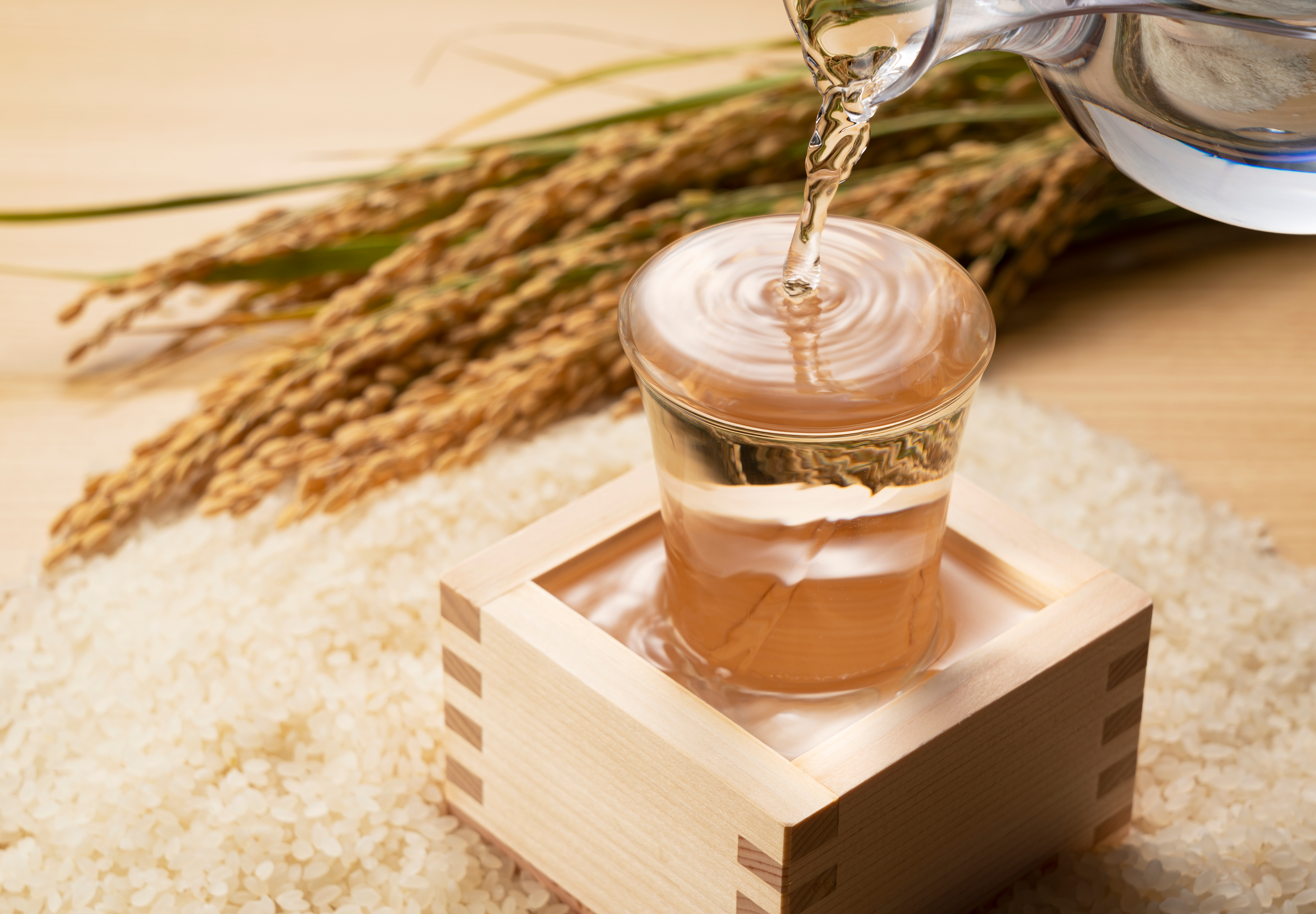
Sake is made from fermented Sake rice, which is slightly different from table rice and is suited for brewing Sake.
Rice has been a staple food in Japan since ancient times, and it is said that the first “Sake” made from rice dates back to BC times. Have you ever seen the scene in the famous anime film “君の名は(Kimi no Na wa: Your name)” where the girl is making “Kutikami Sake”? (It literally means “mouth-chewed Sake“)
In ancient times, sake was made by chewing rice in the mouth, transferring the chewed rice to a container, and then fermenting the rice. The enzymes, such as amylase in the spit, converted the rice starch into sugar, which was then fermented by yeast in the air. Cool, right?!
You may think it is quite unhygienic (which is most likely true), but do not worry! It is just one of the traditional methods of Sake production, and of course, spit is not used anymore.
Instead, koji spores convert rice starches into sugar, which yeast consumes to create alcohol. Rice, water, koji, and yeast are the main ingredients in sake. Below is the basic process of making sake.
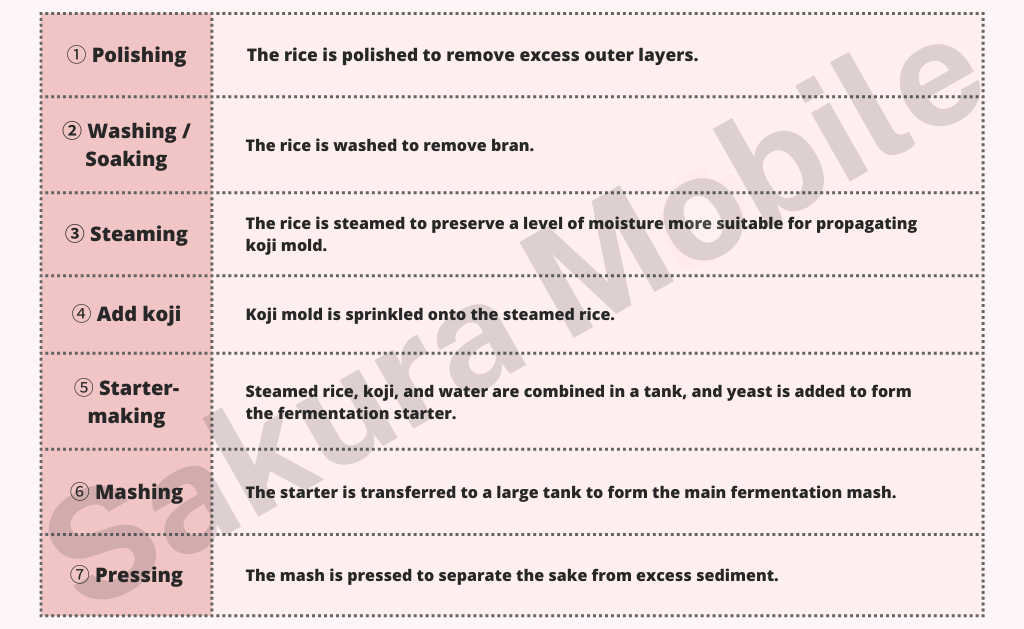
One unique aspect of the Sake production process is that saccharification (the process of breaking a complex carbohydrate (as starch) into simple sugars) and fermentation happen simultaneously. In contrast, these happen separately when beer is made.
Types of sake
Now that you have a vague understanding of how sake is made. Let’s move on to a quick explanation of the different “types” of sake. Understanding this will help you discover your favorite sake at shops and restaurants!
Sake types are primarily classified based on the following two criteria:
① Whether it contains brewing alcohol or not
Sake can be broadly classified by the ingredients used in sake brewing:
・Junmai syu (純米酒): made with rice and rice koji only
・Futsu syu (普通酒): made with brewing alcohol in addition to rice and rice koji
Brewing alcohol is made by distilling grains such as barley and sugarcane after fermentation. Although additives often carry a negative image, brewing alcohol in sake production is not a bad thing. By adding brewing alcohol, sake can develop its distinctive fragrant aroma more easily and acquire a crisp taste.
Some breweries use their original brewing alcohol, which can be considered as one method to bring out the individuality of sake.
② Rice polishing rate
One part of the sake-making process is polishing the rice. The polishing ratio refers to the percentage of the rice grain remaining after the outer layers have been polished. (Note that this is not the percentage of rice removed!)
Sake classifications and types are important to understand. They influence both the taste and price of the sake. For example, sake with a lower rice polishing rate tends to be more expensive. Removing more outer layers produces a purer, cleaner flavor profile.
Famous Sake Producing Regions throughout Japan = Famous Sake Brands
Since rice is a primary ingredient for sake production, many regions known for rice cultivation are also famous for sake production in Japan. Additionally, since sake consists of 80% water, regions blessed with clean and high-quality water have historically produced large amounts of sake.
There are many famous sake brands in Japan, particularly from Niigata, Nagano, and Hyogo prefectures.
Niigata
Niigata prefecture is one of the leading rice-producing regions in Japan and is blessed with delicious water. Consequently, it’s considered an ideal region for making sake using rice and water as primary ingredients. It’s no surprise that Niigata Prefecture has the highest number of sake breweries in the country.
Nagano
Nagano Prefecture is also well-known as a sake-producing region. The Hida Mountains in Nagano boast beautiful spring water, a prime ingredient for sake production. Additionally, the climate is favorable, with low humidity in summer and significant temperature differences between day and night, making it suitable for cultivating rice and producing sake during the harsh winter.
Hyogo
Hyogo Prefecture is another famous sake-producing region. Blessed with water flowing from the Rokko Mountains and abundant rice fields, Hyogo benefits from the cold winter wind known as “Rokko Oroshi,” which is utilized in producing sake. Consequently, it has become one of the prefectures in Japan with a high number of sake breweries.
The following map shows some of the famous sake-producing regions and the brands of sake produced there.
In our upcoming articles, we’re gearing up to spill all the deets about each sake hotspot and famous Japanese brew.
Be sure to check them out!
How to find your favorite Sake taste
The types of sake introduced earlier were classified based on the ingredients used. Now, let’s look at a table separated by aroma and taste. Sake can be mainly divided into four categories, each with the following characteristics:
・Fruity type(薫酒)
A fragrant and delicately flavored sake. It has a lively impression and is recommended even for beginners.
・Matured type(熟酒)
Due to chemical reactions such as light and temperature, it ranges from pale yellow to caramel in color. It has a rich and mellow taste.
・Light Smooth type(爽酒)
Described as light and refreshing. It has a brisk and light taste that enhances the taste of foods and ingredients.
・Full-body type(酵酒)
This type of sake has the strongest expression of the flavor of the rice, which serves as its raw material. It pairs perfectly with meals.
Conclusion
Have you started to sense the intriguing depth of sake after reading the basics of sake?
Diving into the world of Japanese sake is like unlocking a treasure chest of culture and craftsmanship. Each sip is a taste of Japan’s rich history and passion for perfection, from learning about famous sake regions to discovering how it’s made.
In our upcoming articles, we will be sharing helpful tips to help you become a sake master so that you can fully enjoy Japanese sake when you visit Japan in the future!
While we have covered some basics this time, we will dive even deeper into topics like pairing sake with food and the different types of cups and bottles used for sake.
We will also introduce sake breweries and izakayas, where you can enjoy Japanese sake all across Japan, to prepare you for your actual visit.
Let’s enjoy the deep world of Japanese sake together from now on! See you in the next article!
Get a SIM card or Pocket WiFi to make traveling easier!
As we mentioned before, having internet data can be helpful when planning your day, contacting your friends, and idling away time. If you need a SIM card or a pocket WiFi, we recommend Sakura Mobile! We offer excellent services such as delivery to your hotels, unlimited data options, full English support, and more! In addition, you can pick up your SIM card or pocket WiFi directly upon arriving at our counter at Kansai International Airport.
Here are some features of Sakura Mobile:
・Unlimited data options for SIM cards
・Portable Wi-Fi you can easily return
・Full English support
・Stable internet network
By reserving online before departing, you can
- Lower your rental fees
- Avoid stock shortages at the airport
- Start your trip with internet data
To learn more about data and WiFi options for your trip, check out our products below.
↑ Go back to the table of contents

